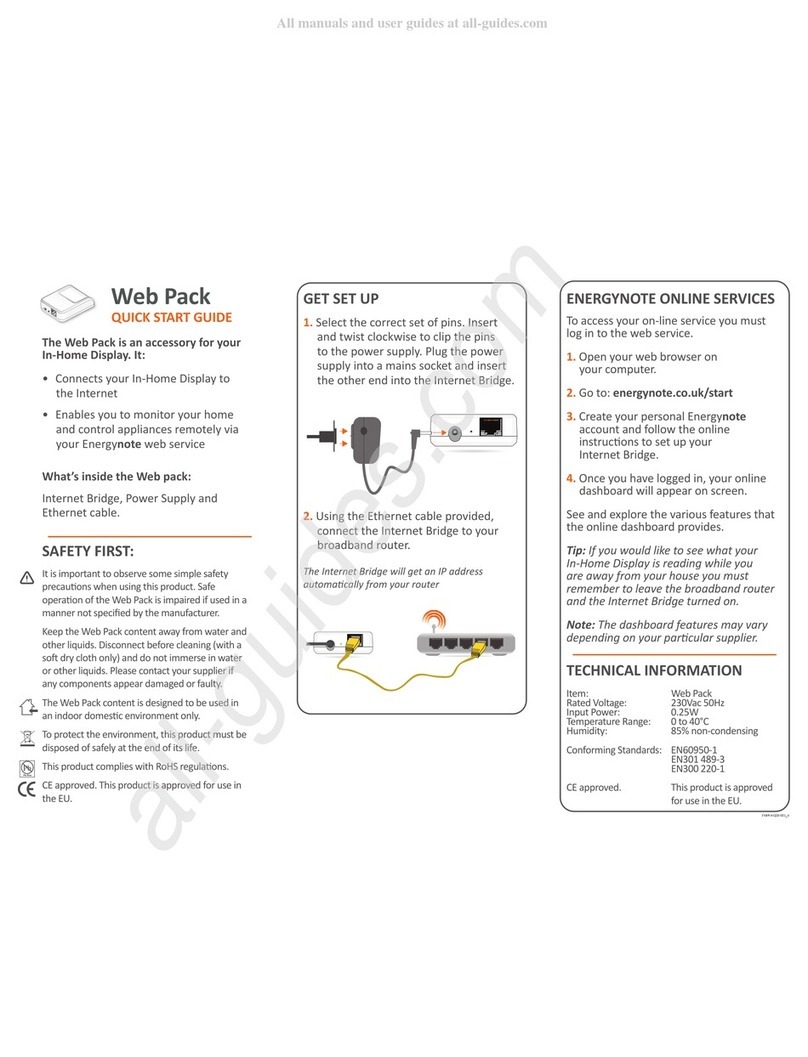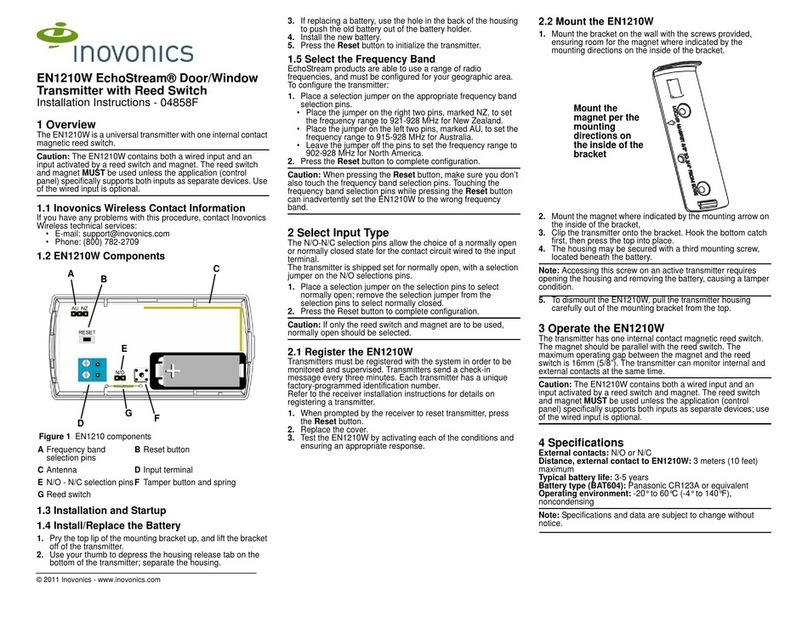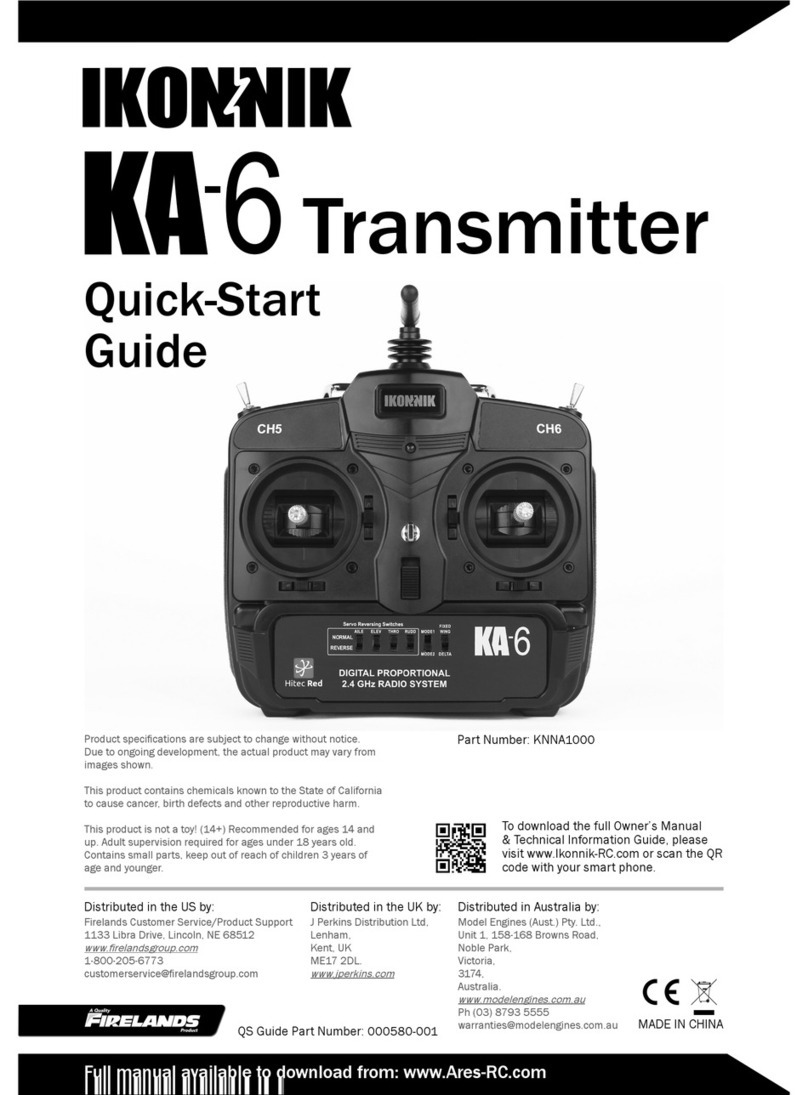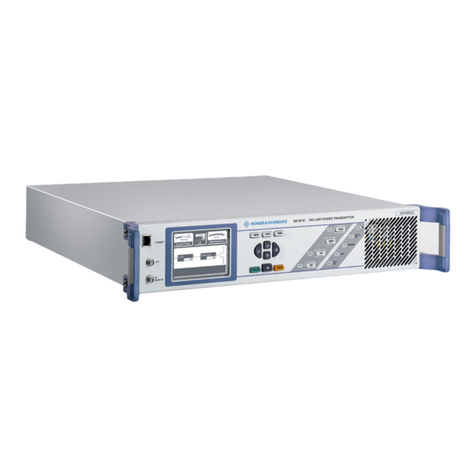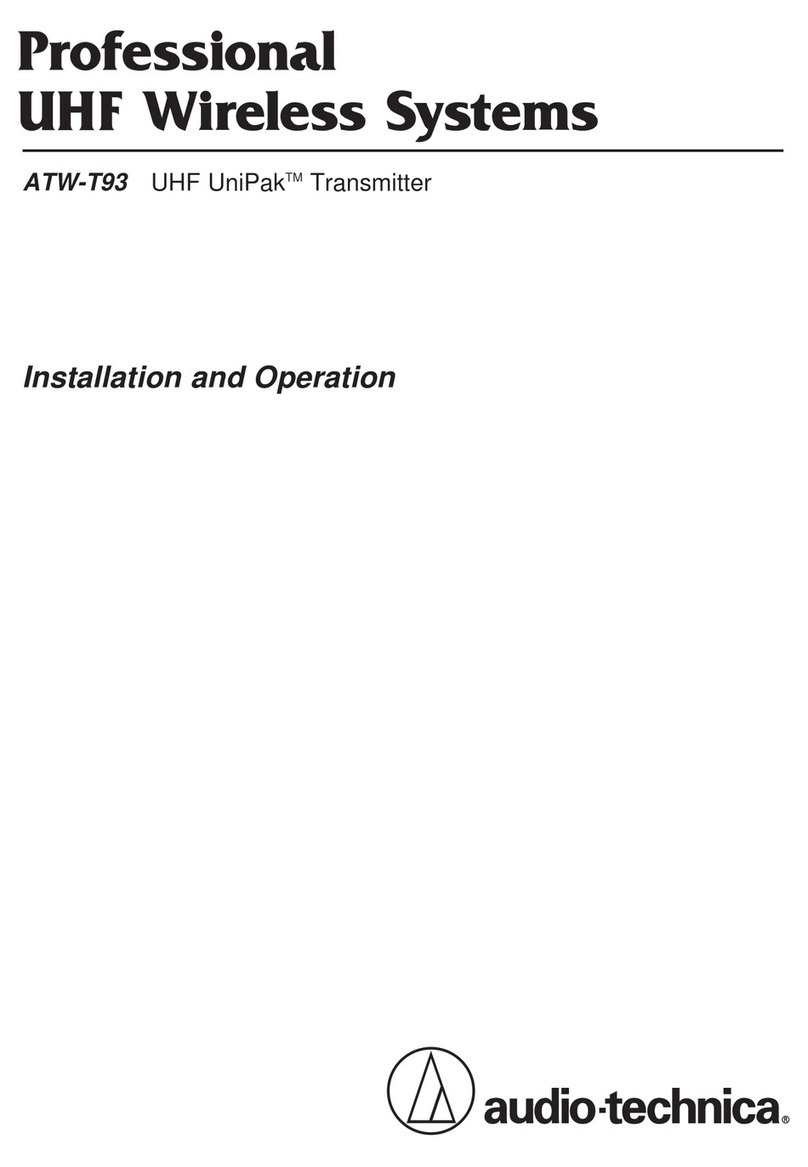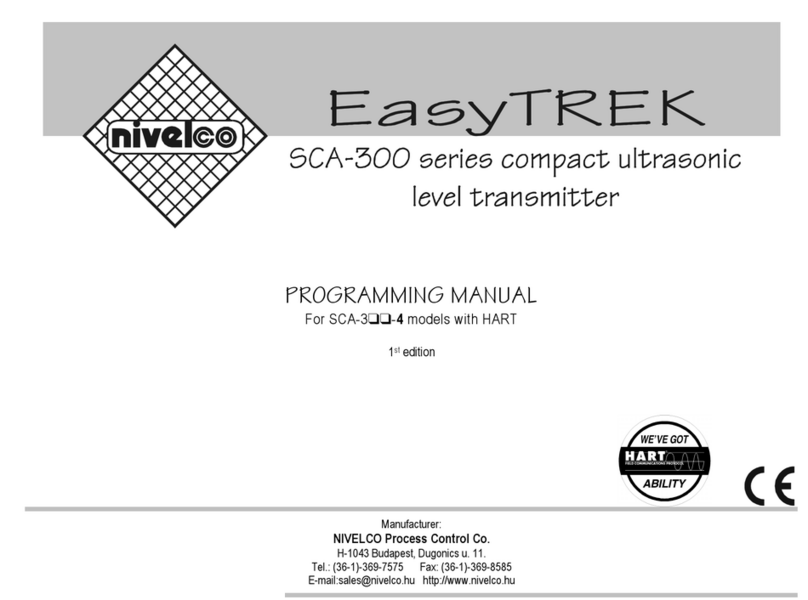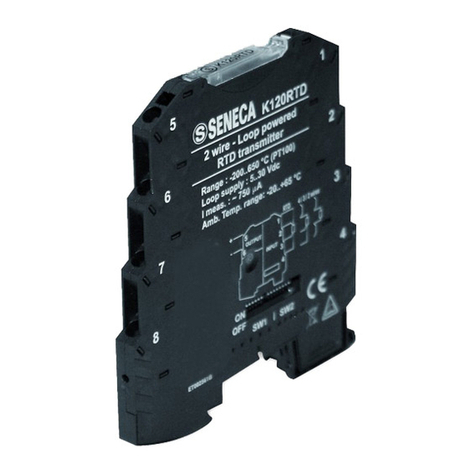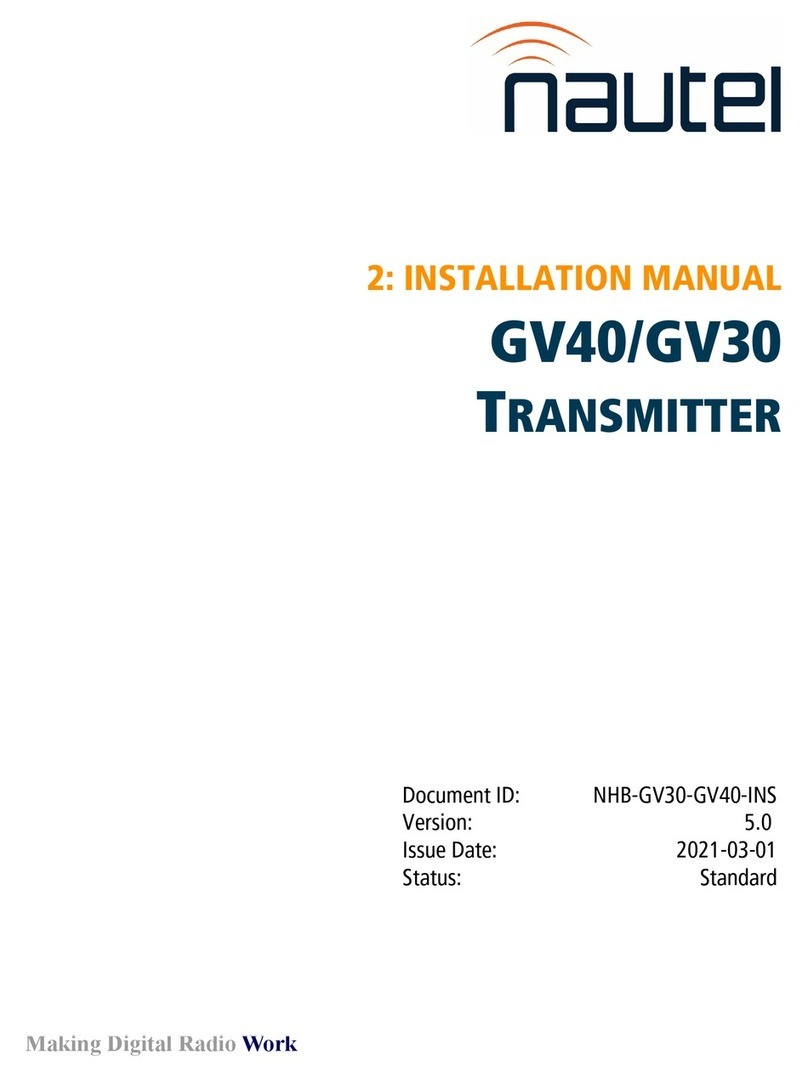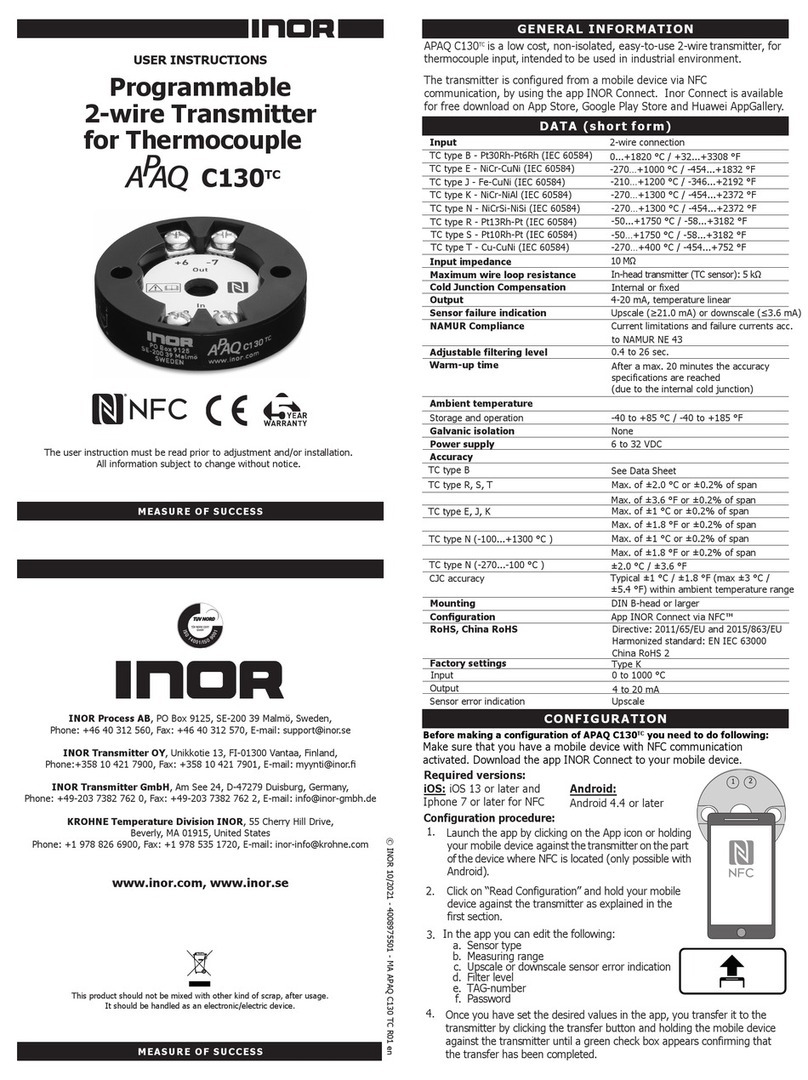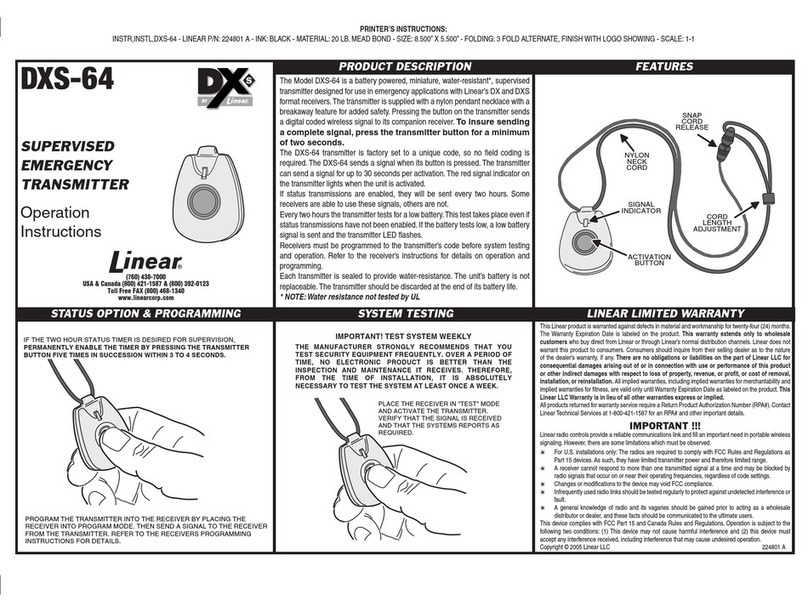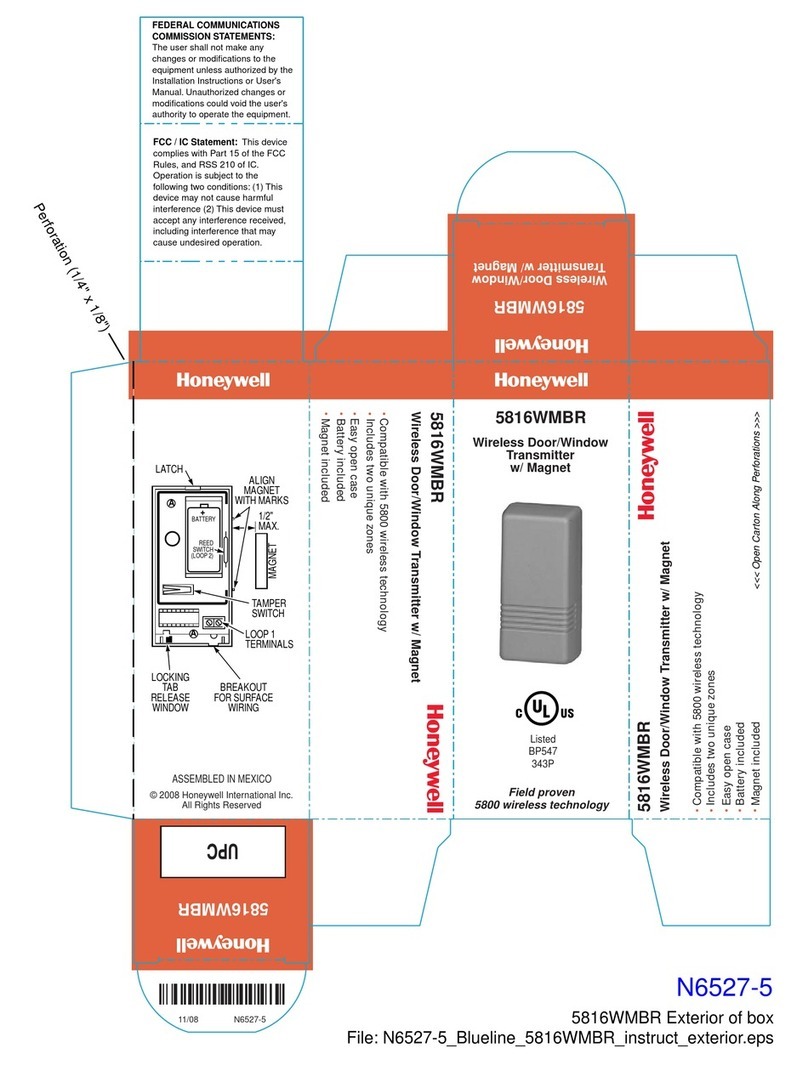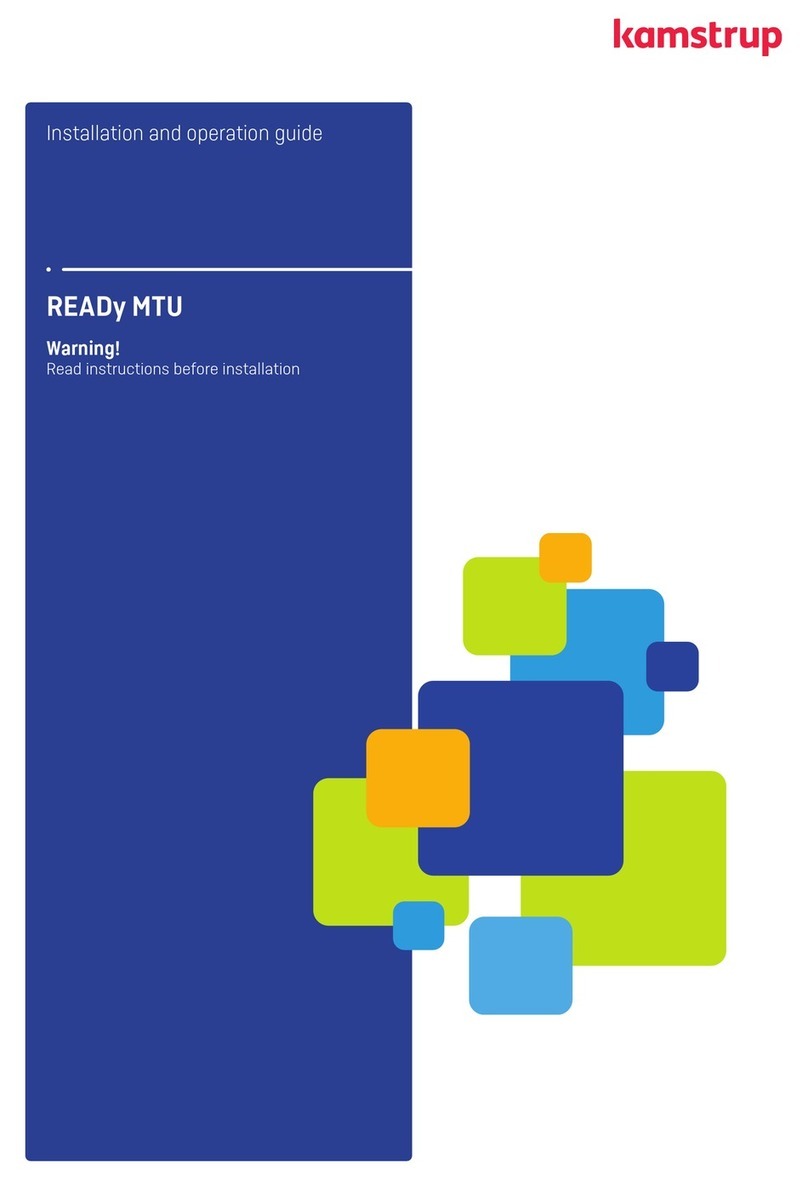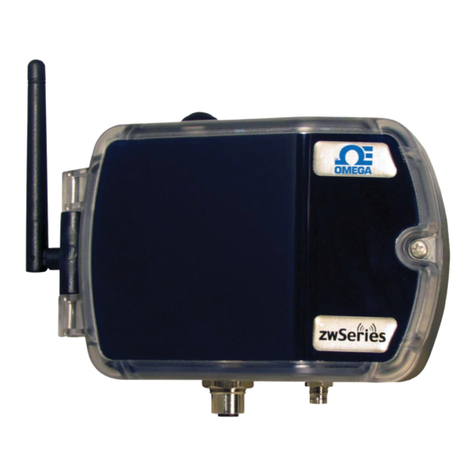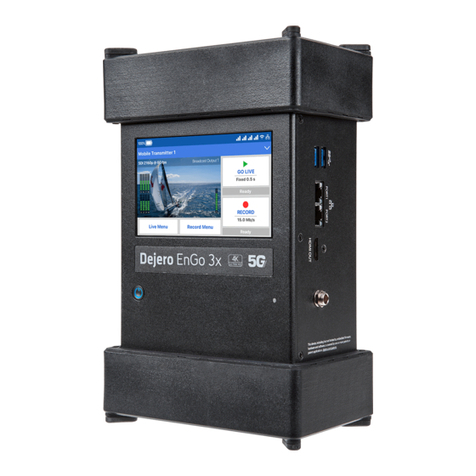
ARTEX AIRCRAFT SUPPLIES, INC. 570-1600
3. Registration ......................................................................................................... 30
3.1 FAA Form 337 ...................................................................................................... 30
3.2 Radio Station License - USA .................................................................................. 30
3.3 U.S.A.A Registration ............................................................................................. 31
3.4 Canadian Registration........................................................................................... 33
3.5 Other Country Registration.................................................................................... 33
4. Maintenance ........................................................................................................ 34
4.1 Periodic Maintenance for the United States ............................................................ 34
4.2 Canadian Maintenance Requirements..................................................................... 34
4.2.1 Regulations ..................................................................................................... 34
4.2.2 Performance Test............................................................................................. 35
4.2.2.1 Peak Power Check .................................................................................... 35
4.2.2.2 Frequency Check ...................................................................................... 35
4.2.2.3 Audio Modulation Check ............................................................................ 36
4.2.2.4 Current Draw Check.................................................................................. 36
4.2.2.5 Automatic Activation System Check............................................................ 36
4.3 Periodic Maintenance – Other Countries................................................................. 36
4.4 Maintenance Steps ............................................................................................... 36
4.4.1 Remove ELT Connections ................................................................................. 36
4.4.2 Remove ELT .................................................................................................... 36
4.4.3 Corrosion Inspection ........................................................................................ 37
4.4.4 Battery Removal .............................................................................................. 37
4.4.5 Battery replacement......................................................................................... 37
4.4.6 G-Switch Check................................................................................................ 41
4.4.7 Reinstall ELT.................................................................................................... 42
4.4.8 Antenna Test ................................................................................................... 42
4.4.9 Installed Transmitter Test (Self-Test) ................................................................ 42
4.4.10 Verification of Digital Message....................................................................... 44
4.4.11 Verify Registration ........................................................................................ 45
4.4.12 Logbook Entry.............................................................................................. 45
4.4.13 Shipping Instructions.................................................................................... 45
5. Troubleshooting Guide ........................................................................................ 46
Table 2 – Troubleshooting Guide ........................................................................... 46
Table 3 – Troubleshooting Guide (continued) ......................................................... 47
5.1 Special Precautions for Electro-Static Discharges (ESD)........................................... 47
6. Specifications ...................................................................................................... 48
6.1 Operating Frequencies .......................................................................................... 48
6.2 Output Power....................................................................................................... 48
6.3 Activation............................................................................................................. 48
6.4 Temperature ........................................................................................................ 48
6.5 Input Power ......................................................................................................... 48
6.6 Mechanical Characteristics..................................................................................... 49
6.7 Electrical Characteristics........................................................................................ 49
6.8 Coax.................................................................................................................... 49
iii
